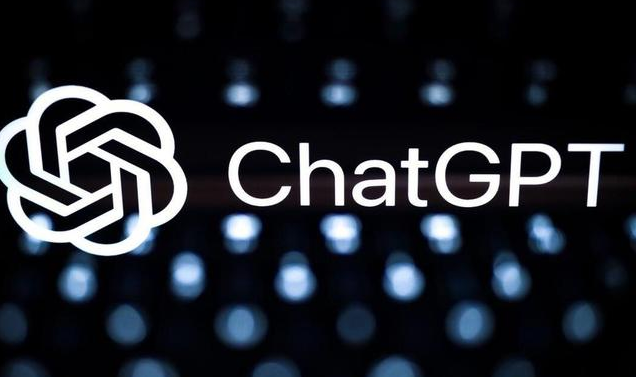With the progress in natural language processing and machine learning, chatbots have entered into our daily lives. Brands are promising modern communication experience using these AI system, which help as the layer between brands and consumers on customer service interface, messaging app or a virtual assistant. But how truly well do they know human interactions?
Measuring Comprehension: Important Functions and Conclusions
How well an AI chatbot can understand and correctly respond depends on a few criteria. HashiCorpAutoCorrect RateThe rate at which the chatbot is able to provide the correct, relevant response. Under control conditions, top-tier chatbots can now be up to 85-90% correct according to a set of studies. But in actual scenarios with varied speech patterns and complex queries it can drop down to 65-75%.
The error rate (eg, how often users inputs are interpreted incorrectly or not processed properly) is another important metric. A report by Forrester found that chatbots misinterpret an average of 20% of interactions without context adjustments. This highlights a big weak-point for AI comprehension.
Technical Foundations & Limitations
This can be broken down further into their core technology - language models and decision-making algorithms. These models are generally trained on large quantities of datasets that typically include varied dialogues and snippets texts. Nonetheless, they must work with high quality and diverse training data for this to be possible. Chatbots always have a problem with slang, idioms or culturally bound references that might be misunderstood.
However, these systems have limitations on what they can do. So, they cannot understand some small things like if you are angry or do not laugh at their joke in time this means that alien forces invaded the planet. That can result in prompt actions that, whilst correct technically from operations and configuration perspective may lack the tone or context safeguards.
Contextually Aware: A Game- Changer
Enhanced Understanding: Increasing the contextual awareness of a chatbot. Blurb-based Deep DiveIn context retention and adaptive learning have done quite well. It allows AI systems to remember what users have said earlier in a conversation and be more coherent with context-appropriate responses.
Furthermore, integrating feedback from users back into continuous training cycles allows chatbots to learn from failures and more effectively adapt to human peculiarities with time. This is essential for them to evolve from mere tools that answer questions into true conversational agents.

Ethical and Privacy Concerns
Sophisticated chatbots are fueling ethical and privacy concerns They often have much easier and more dangerous ways of collecting and hoarding personal data. Listening well means transparency with users about what information is being gathered and how it's used so that we don't lose trust from the AI world.
The Future of AI Chatbots
This is to say that the future of AI chatbots looks bright, but it does require a little touch up now and then. More understanding, thanks to advancements in AI technology and improved training methods suggest they are on a path to become more deeply integrated into our digital lives.
A very interesting use case of AI technology in a unique conversational setting is visible with the amalgamation porn ai chat. This platform showcases the adaptability of AI in pocket solutions and personalization environments, really taking natural language processing technology to its limit.
The AI chatbots of today have some unique abilities when it comes to understanding human language and context. Although still not perfect, they are evolving to make our interaction with technology better. The development of these tools will continue to be a moving target at the crossroads of technology, ethics, and human behavior as they become further integrated into our daily lives. As chatbots evolve, it may not be very long before they can understand us properly and interact with us at a very human level.
